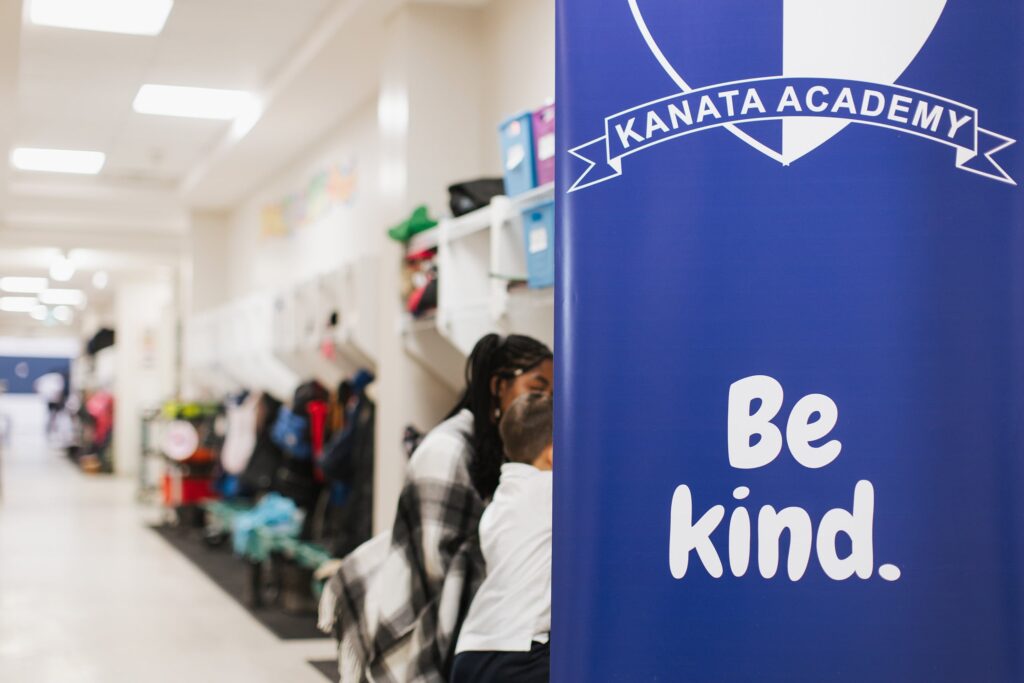| September 2, 2025 | First Day of School (PS – Grade 12) |
| October 10-13, 2025 | Thanksgiving Weekend (PS – Grade 12) |
| November 28, 2025 | Parent-Teacher Interview Day (PS – Grade 12) |
| December 19, 2025 – January 5, 2026 | Winter Break (PS – Grade 12) |
| January 30, 2026 | Report Card Writing Day (JK – 12) |
| February 13-16, 2026 | Family Day Long Weekend (PS – Grade 12) |
| March 16-20, 2026 | Elementary March Break (JK – Grade 8) |
| March 9-20, 2026 | Secondary March Break (Grades 9-12) |
| April 3-6, 2026 | Easter Break (PS – Grade 12) |
| April 24, 2026 | Parent-Teacher Interview Day (PS-Grade 12) |
| May 15-18, 2026 | Victoria Day Weekend (PS – Grade 12) |
| June 19, 2026 | Last Day of School (JK – Grade 12) |
| June 24, 2026 | Last Day of Preschool |
| June 25-26, 2026 | Preschool Closed |
| August 28, 2026 | Last Day of Summer for Preschool |





